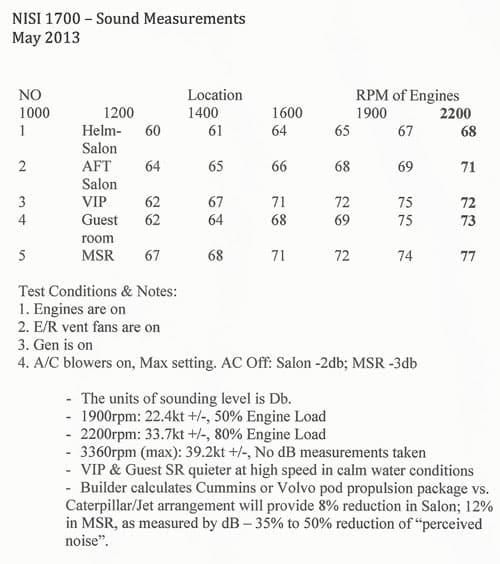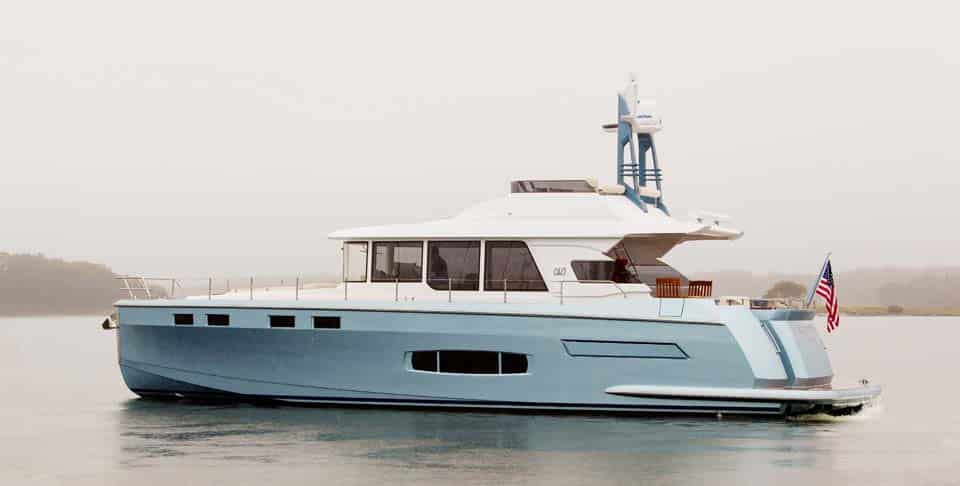
ytg1113_nisi05.jpg
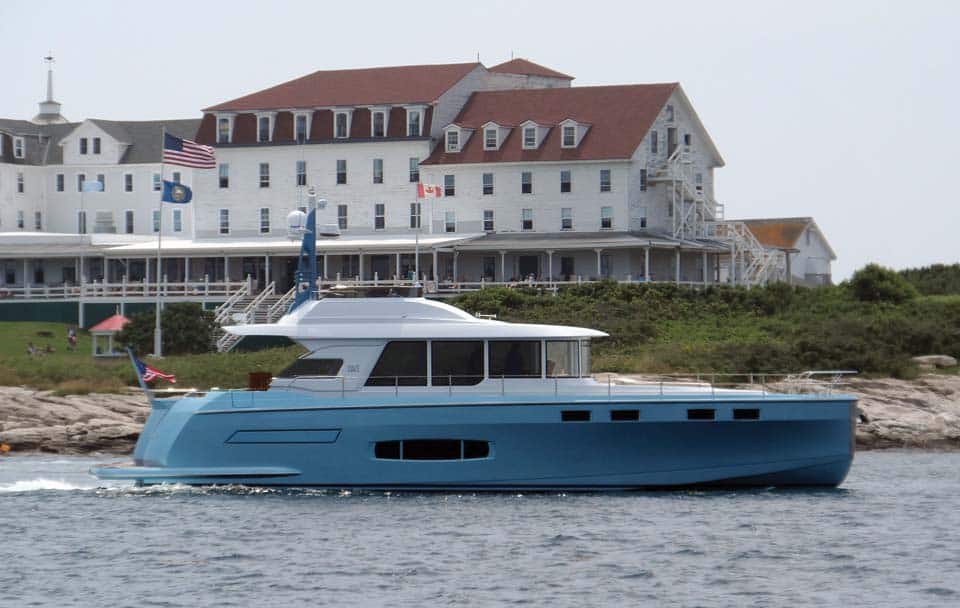
nisi1700mhq.jpg
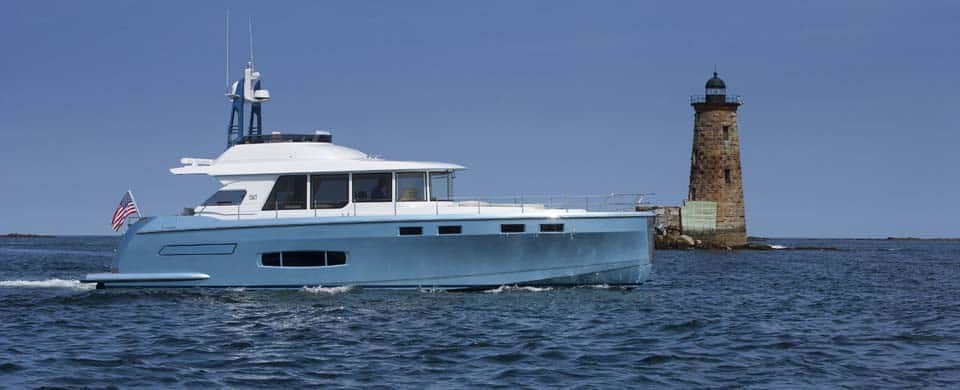
nisi1700zk8n9522.jpg
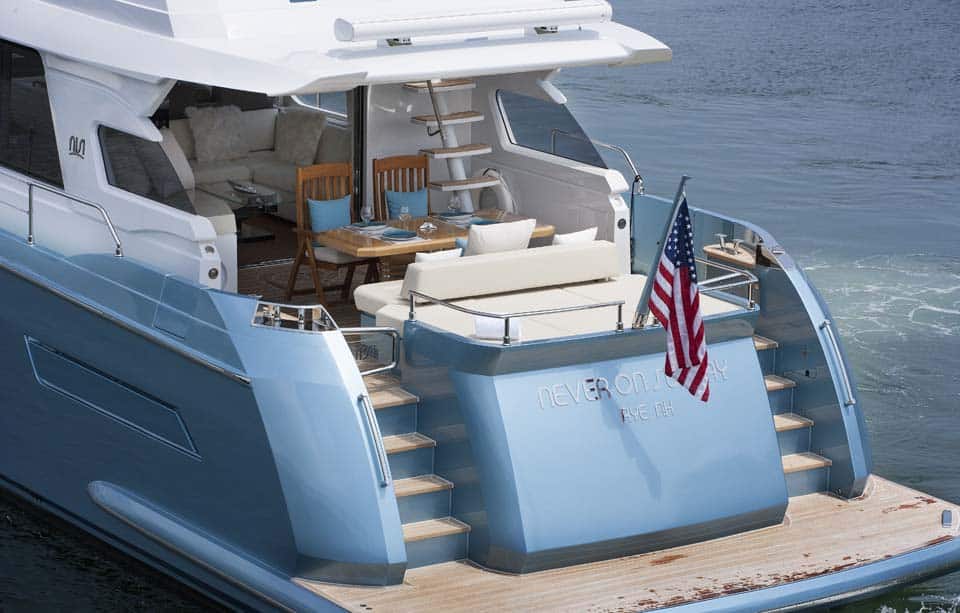
nisi1700aftczk8n9424.jpg
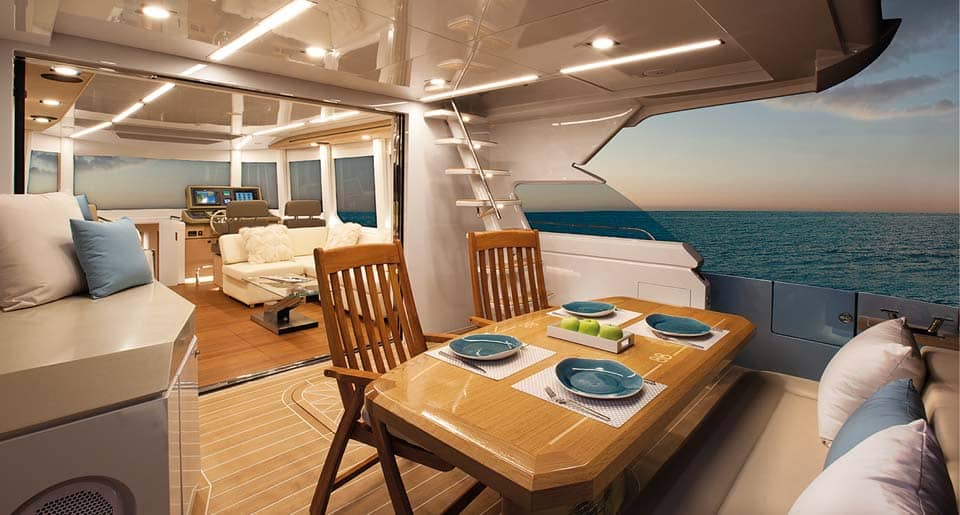
aftdeckdiningeimg_9743cc3lr_ed.jpg
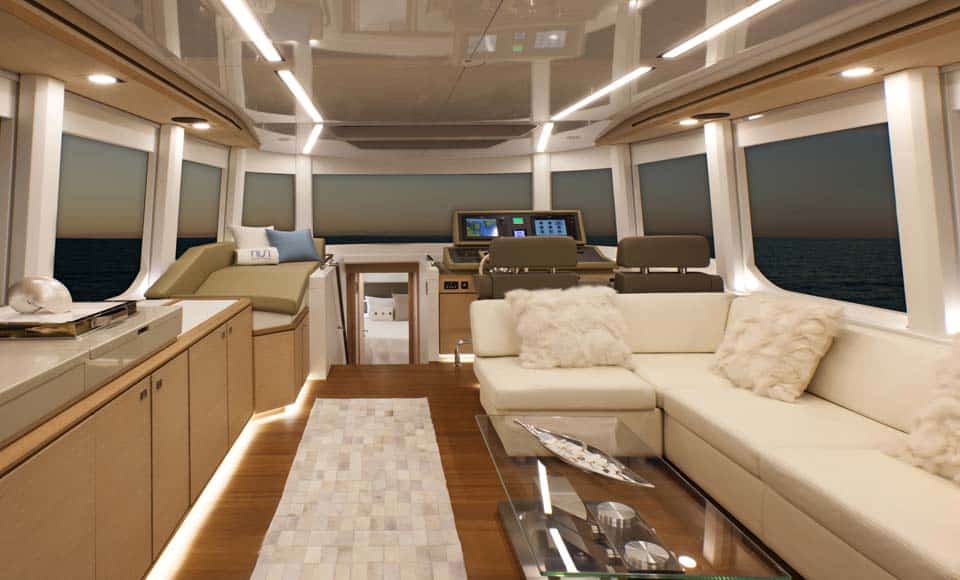
salonaaimg_97462.jpg
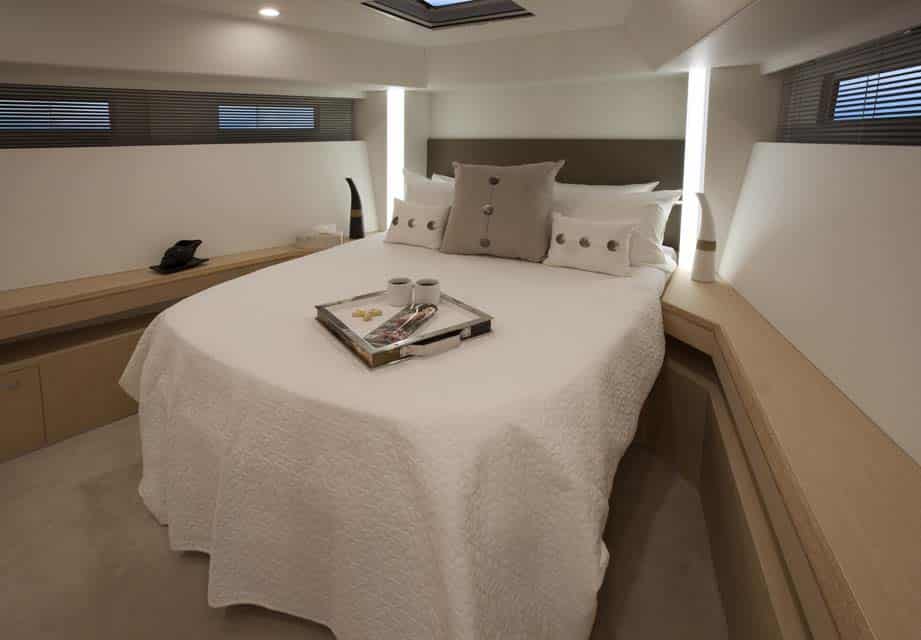
vipstateroomimg_9687_e.jpg
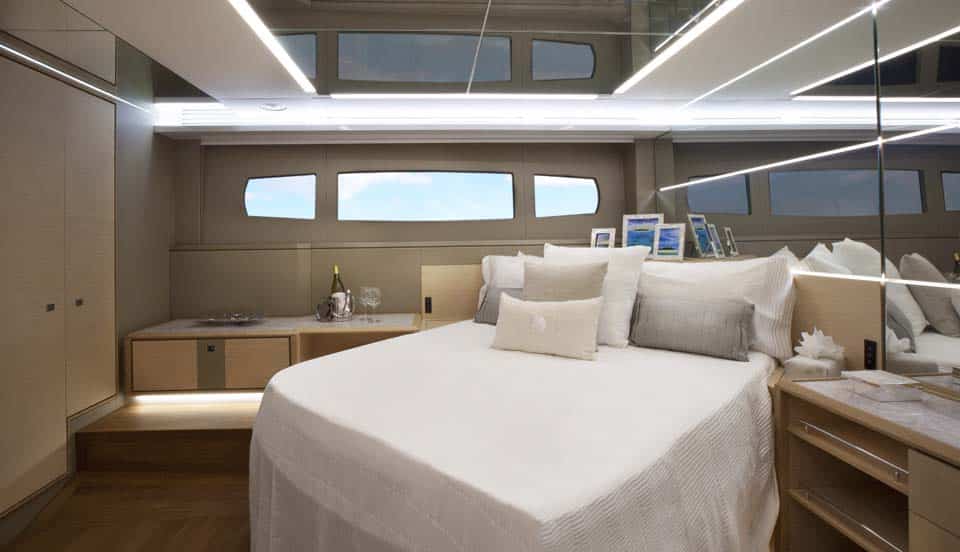
masterstateroomaaimg_9692_e.jpg
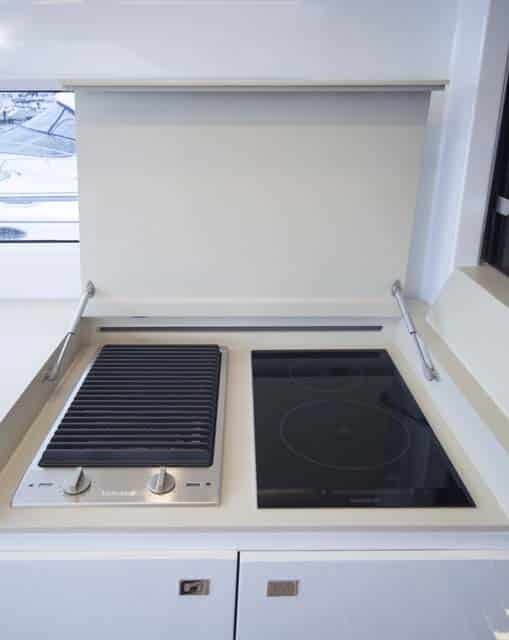
grillbbqstovetopimg_9807.jpg
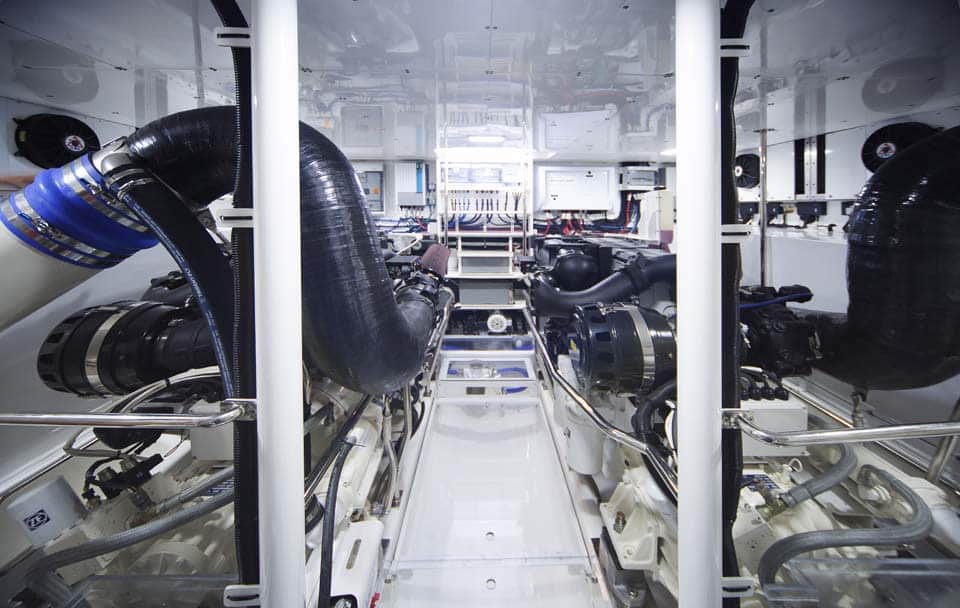
engineroomaimg_9799.jpg
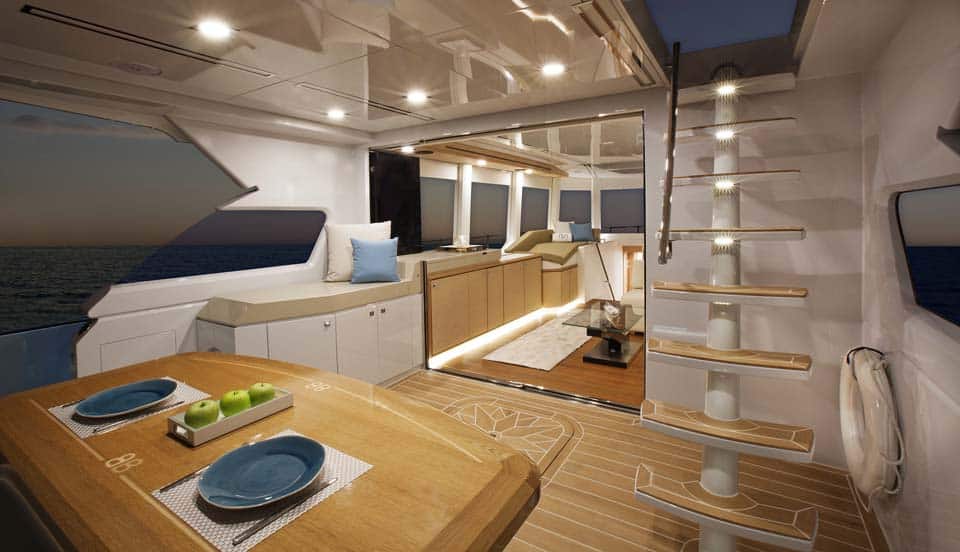
indoor-outdoorbimg_9749.jpg
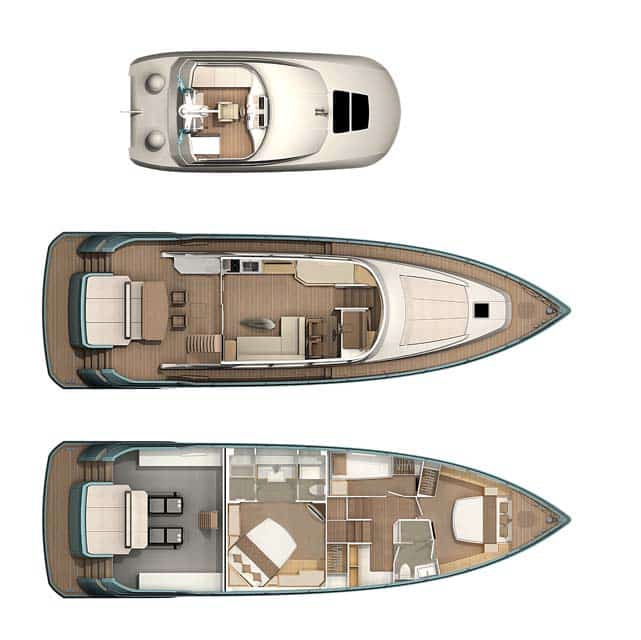
n1700layout.jpg
The sea state and the full cruising load compromised her top speed the day I was aboard. Although she reached 33.5 knots at 2,360 rpm, the designer’s tweaks to the yacht’s weight distribution has increased speed to her 37-knot target. The changes also improved fuel economy in the cruising sweet spot between 1,800 and 2,200 rpm, or 19 to 29 knots.
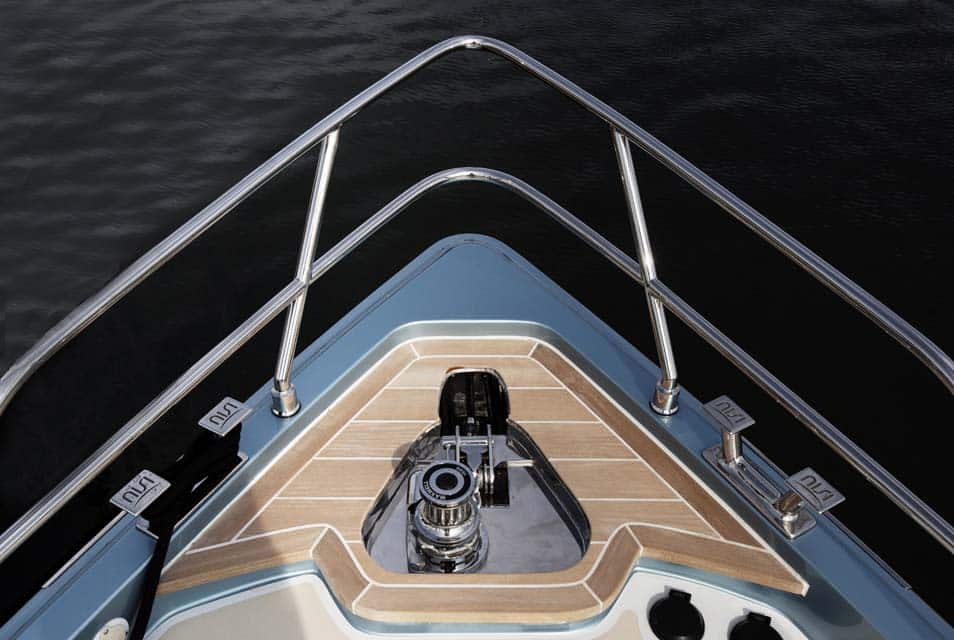
ytg1113_nisi08.jpg
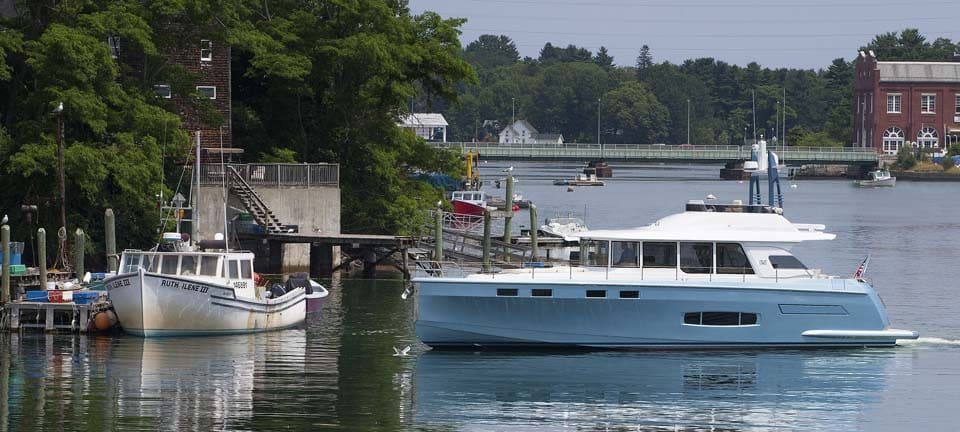
nisi1700zk8n9359.jpg
